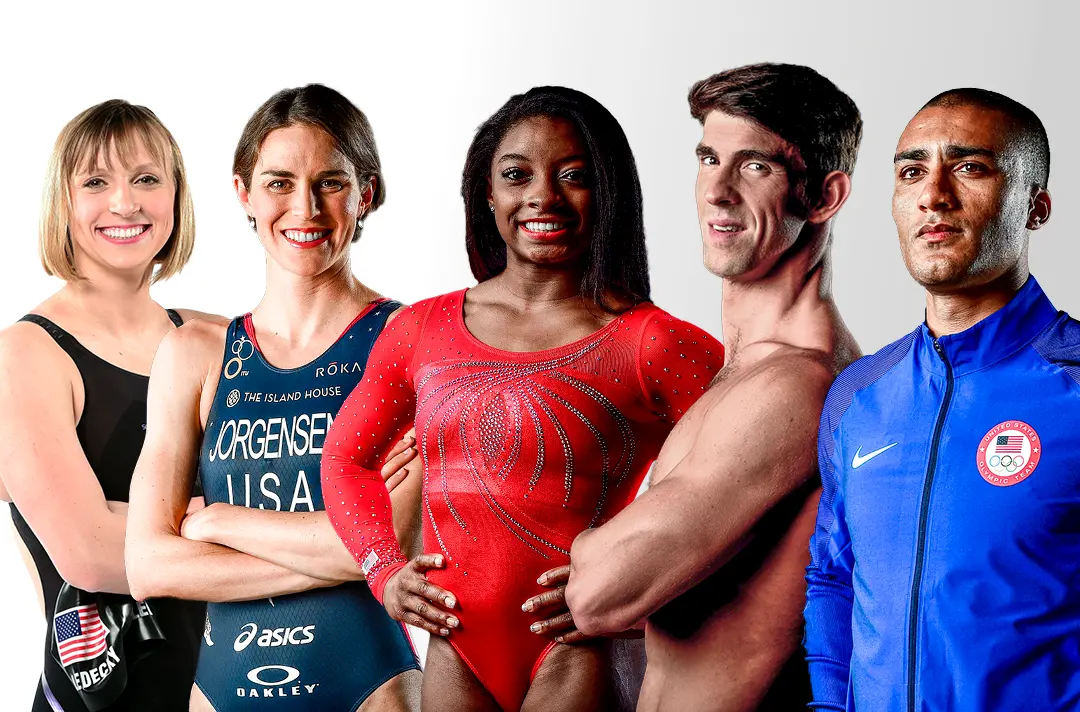The first-place New York Mets (58–50), winners of six straight games, have taken the NL East by storm.
The starting-pitching-heavy squad entered July 31–Aug. 2 series against Washington down three games in the division race. Less than a week later, they have a two-game lead over those same Nationals.
What a difference six days can make.
It hasn’t been an ordinary six days though. The Mets, and GM Sandy Alderson, have played with a retooled offense—obtained without sacrificing their top-flight starting rotation, that’s currently fourth in the league with a 3.29 ERA—despite being without the talented Zack Wheeler.
But the rotation hadn’t been enough for the Mets.





